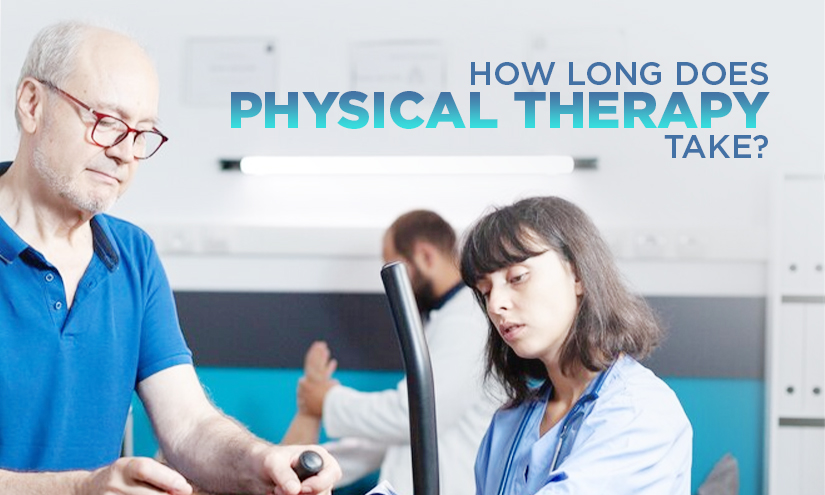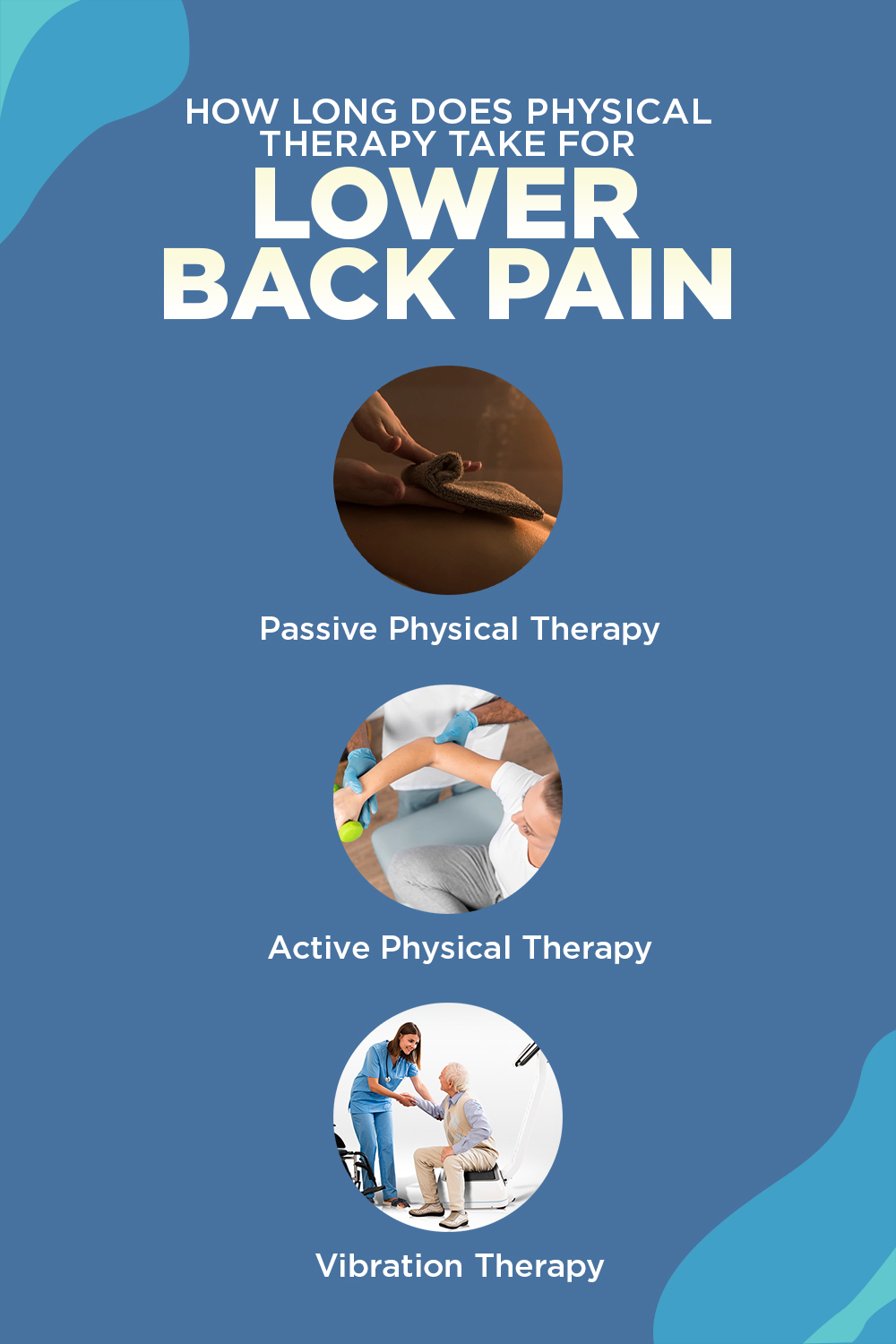
Many various strategies may be used in physical therapy to assist alleviate pain and stiffness. In addition to enhancing mobility, the procedure aids in strengthening joints, muscles, and other joints as well. People of all ages with injuries, diseases, or medical issues that impair their ability to move or function normally benefit from this kind of therapy. You should see a physiotherapist if you experience any of the following symptoms: dizziness, vertigo, or persistent pain. Watch out for clumsy movement and urine incontinence as additional symptoms. Physiotherapy patients need to know ahead of time how long their treatment will take. Also, they should be aware of what they can do to get the most out of the physiatric sessions.
Patients frequently inquire about how long physical therapy sessions will last. Even though this may appear to be a straightforward question, the length of a physical therapy program is unknown. How long a person takes to recuperate and what disease they’re treating will determine how long the program lasts. Because everyone’s body recovers at a different pace, no two conditions are the same. Good physical therapists keep track of your development and test your range of motion, function, and strength. Physiotherapy programs often last six to eight weeks because soft tissues require six to eight weeks to recover. Setting an end date for physical therapy may not be the best strategy because physical therapy aims to assist patients in returning to their usual routines as soon as possible. As long as you have the support of your physical therapist, you will be able to keep focused on your goals regardless of how long it takes. Even though you’re in treatment, you must know when to quit. If your development has stalled, your condition has deteriorated, you’ve completed all of your goals, the discomfort is gone, or you’ve returned to your prior level of activity and functional mobility, it’s time to stop the rehab program, you should. A home workout routine that aids in your complete rehabilitation should be discussed with your therapist. If your insurance company refuses to pay for the services of an experienced physiotherapist, you may have to terminate your physiatrics program. You can, however, figure out an alternate payment plan or negotiate with your insurance provider.
Unfortunately, there is no correct response. Because each person is unique, their recovery time varies. An individual may only require four days to walk 120 feet following knee surgery, but a patient who underwent surgery the same day may need 10 days to do the same task. This might be because of the differences in healing rates, motivation, and pain perception. Here are some factors that may affect the length of therapy:
Lower back pain can go away on its own for some people, but for others, it can be so debilitating that it makes it difficult to go about their daily lives and job.
Back discomfort, whether it is recent or long-standing, can benefit greatly from physical therapy. Reducing lower back pain and improving mobility are the primary objectives of the physical therapy process. Many patients get partial or complete alleviation from their symptoms as long as they are active participants in their program.
Patients in physical therapy frequently asked questions, such as how frequently they require therapy, what therapists do to manage pain, and how long typical appointments last. 
The disk is particularly shock-absorbing and flexible in persons under the age of 30. The disk, on the other hand, can lose part of its elasticity as people become older. NP spills from the disk’s gelatinous core when the disk’s outer layer (AF) tears under pressure. A herniated disk is a term used to describe this leakage or bulging of the gelatin. The spilled NP might flow outside the spinal column in more severe situations. Herniation can begin quickly, or it might take years to develop. In the vast majority of instances, conservative treatment (such as physical therapy) is more effective than surgery or painkillers in repairing a herniated disk. Physical therapists collaborate with patients to devise personalized treatment plans, including exercises and therapies that may be performed at home. With the support of physical therapy, you may get back to living your usual life. If the right posture, pain-reduction, stretching, and strengthening regimen are followed, benefits can be attained in 2 to 8 weeks or less. Whole-body vibration is contraindicated in cases of acute disc herniation. There’s a chance that the vibration plate will make things worse. Studying occupational vibration levels, an animal model with a herniated disc was found to be exacerbated by a vibration plate. Pain-related disability and improved lumbar extension torque have been seen in patients with persistent low back pain who do not have a particular spine disease diagnosis. Similarly, research on healthy people examined alterations in lumbar proprioception. This region is regarded to be a contributing factor to lower back discomfort. Weight-bearing exercises and WBV both improved the accuracy of lumbar repositioning in healthy subjects. Sources: https://ntmconline.net/how-long-does-physical-therapy-take/#:~:text=A%20good%20physical%20therapist%20will,will%20last%20about%20that%20long. https://hhands.net/how-long-does-physical-therapy-take-to-work/#:~:text=Muscle%20can%20take%20up%20to,to%20ten%20to%20twelve%20weeks https://www.pinnacle-ortho.com/what-to-expect-from-physical-therapy-for-lower-back-pain#:~:text=But%20on%20average%2C%20patients%20can,be%20recommended%20after%20surgical%20intervention https://www.spinecorrectioncenter.com/how-you-benefit-from-whole-body-vibration-therapy/ https://www.choosept.com/guide/physical-therapy-guide-herniated-disk https://studylib.net/doc/7353690/herniated-discs-and-whole-body-vibration

Here’s how we use a vibration plate for weight loss...

Many people, especially beginners, notice an itchy or tingling “pins-and-needles”...

Taking into consideration the growing popularity of the vibration plate,...

The lymphatic system, also called the lymphoid system, is an...

Are vibration machines bad for you? Yes, if used incorrectly....